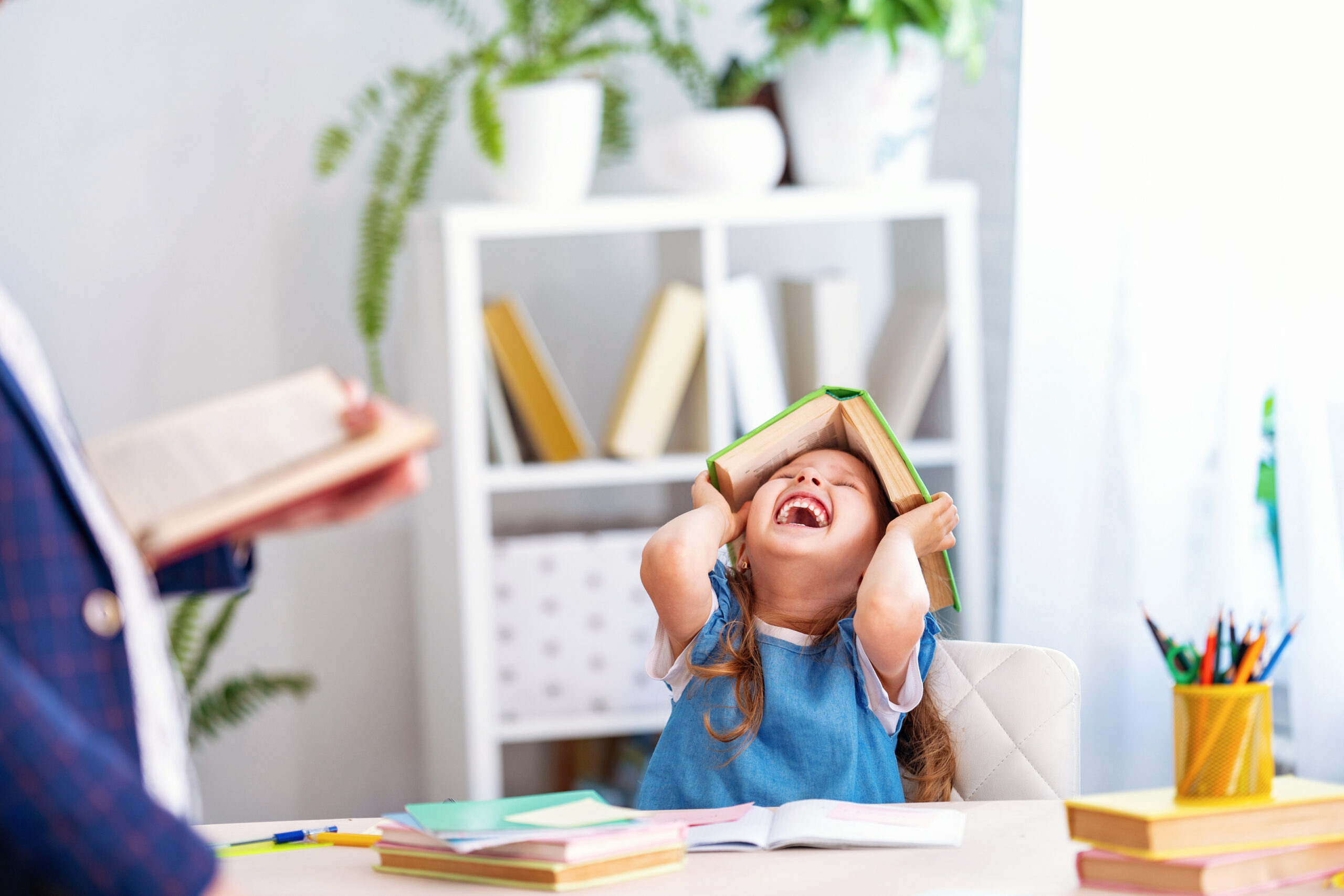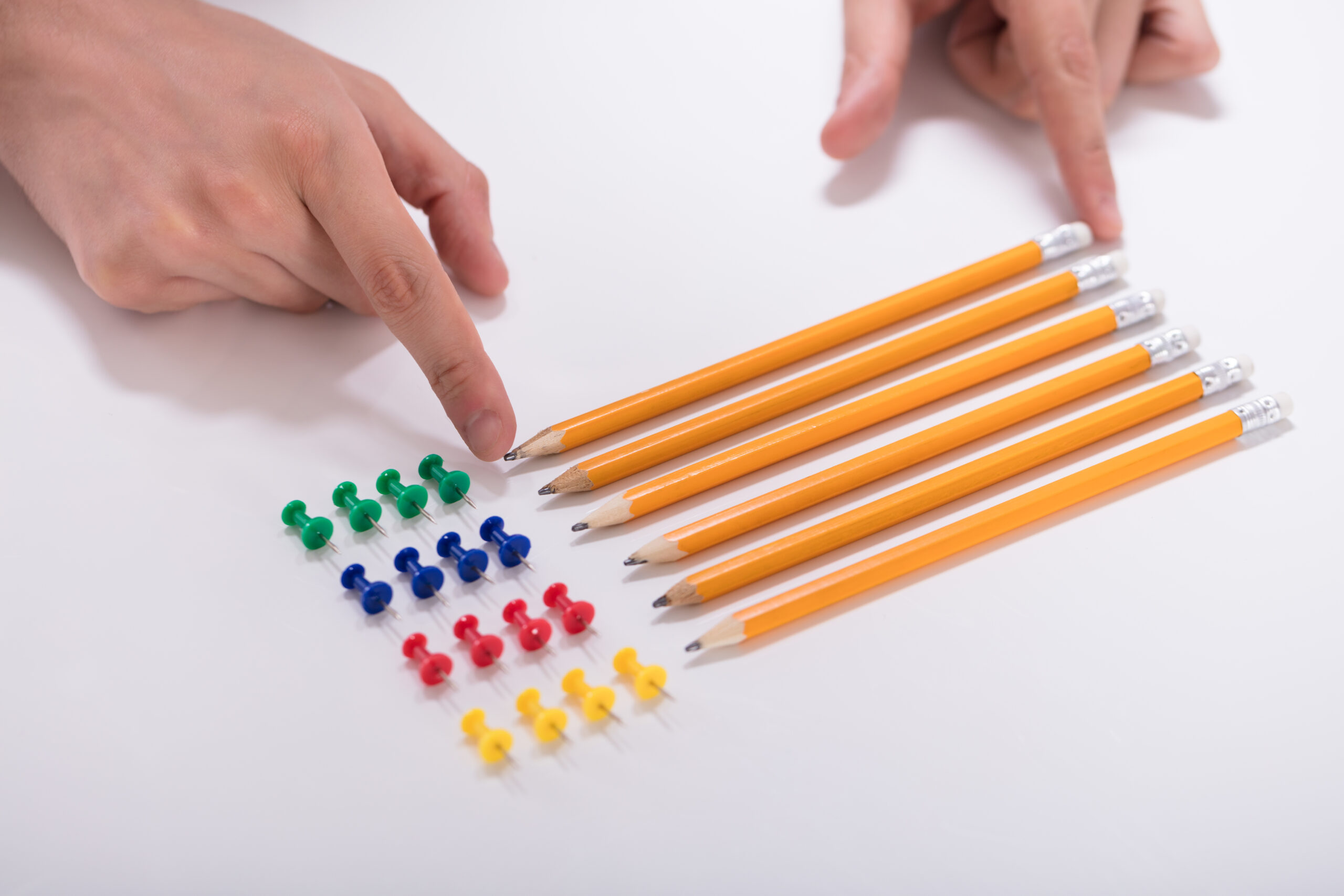We all want to live happy and successful lives, and we want the same for our children. But, when a child has ADHD, it can be puzzling to figure out how to get through a child who just can’t seem to listen or follow instructions. Children with ADHD often struggle in school and find it hard to follow some social rules. There are behaviours that make it easier to get along with others such as waiting for our turn to talk. It is important to understand your child’s needs, so you can support them in finding unique ways to thrive. In this article, you’ll learn more about what ADHD is and how you can support your child.
What is Child ADHD?
ADHD is a neurodevelopmental disorder characterized by inattention and/or hyperactivity and impulsivity. There are different sub-types of ADHD, determined upon diagnosis. The most common subtype is the Predominantly Inattentive presentation, where symptoms are mostly related to attention problems. Less frequent, but still occurring, is the Predominantly Hyperactive-Impulsive presentation. These children are frequently in motion and seem to act based on impulses. Finally, the Combined subtype presents both inattentive and hyperactive/impulsive symptoms. These children are most often referred for treatment due to their difficulties in adjusting to our society’s expectations.
A common question is, how do I know if my child has ADHD? This makes sense, as attention problems, hyperactivity, and impulsivity are relatively common among children. Many young children are energetic, get distracted easily, and find it hard to wait their turn. However, children with ADHD struggle with these concerns regularly, and their behaviours make it hard for them to get through their daily routines at school and at home.
Symptoms of ADHD in Children
ADHD symptoms fall in either the Inattention or Hyperactivity-Impulsivity categories. Symptoms typically begin before the age of 12, and may continue into adulthood if untreated. Boys get diagnosed with ADHD more often, because they tend to display hyperactive symptoms. On the other hand, girls tend to be more inattentive, which may go unnoticed or be misclassified as another mental health concern.
Inattention Symptoms
- Lacks attention to detail and often makes careless mistakes
- Struggles to stay focused on tasks or activities
- Mind seems to be elsewhere when spoken to directly
- Unable to follow instructions or finish tasks
- Lacks organization and often misplaces items
- Avoids activities that require significant mental effort and time
- Easily distracted
- Forgetful
Hyperactivity-Impulsivity Symptoms
- Fidgets or squirms
- Unable to stay seated when expected
- Unable to stay still for long periods of time and/or constantly feels restless
- Struggles to play quietly
- Chats excessively
- Blurts out answers to questions
- Interrupts conversations
- Struggles to wait their turn
- Has difficulty waiting for rewards
Symptoms in Action: A Case Study
Eduardo is a friendly and bright 8 year old boy. At school, his teacher has indicated that he is restless and often needs reminders to stay focused on his classwork. He also blurts out answers to questions and interrupts other children when they are speaking. When his teacher tries to speak to him, Eduardo’s mind seems occupied with something else and many times he does not know what she was discussing in the previous minutes.
At home, Eduardo’s parents have noticed that he forgets to do his chores or follow basic routines. He is messy, unorganized and often loses his things. Further, he refuses to listen to instructions and gets upset when he is told what to do.
Eduardo is able to recognize many of these behaviours in himself but says he “can’t stop” or “can’t help it.” He feels bad that he struggles while other kids his age do not. Eduardo’s grades and relationship with his parents are suffering.
Can a Child Overcome ADHD?
The good news is your child with ADHD is not doomed to have a difficult life. With appropriate treatment, new strategies to cope and accommodations, your child can live a happy and successful life in and outside the home. ADHD treatment may involve a combination of medication, therapy, and parent/school support, but each case is different.
At CBT Psychology for Personal Development, our child psychologists conduct psychoeducational assessments to confirm if a child meets the diagnosis of ADHD and other learning problems or disorders associated with ADHD. Following diagnosis, feedback and recommendations for therapy, parent, and educational supports are provided.
Sometimes, a family doctor prescribes medications that the child takes alongside treatment. While medication can help manage day-to-day symptoms, behavioural therapy is a crucial aspect of treatment to help children change the behaviours that cause difficulties. A therapist can help your child develop skills and tools to manage their emotions, stay organized and focused, maintain a routine, and develop more socially expected behaviours (e.g., waiting for their turn). This will help their relationships with others and their self-esteem. In addition, a therapist can offer parents proven strategies that have helped many other parents support their children with ADHD and improve their parent-child relationship.
To find out more about how to start treatment for your ADHD child, click here.
Edited by Dr. Galperin, C. Psych.




